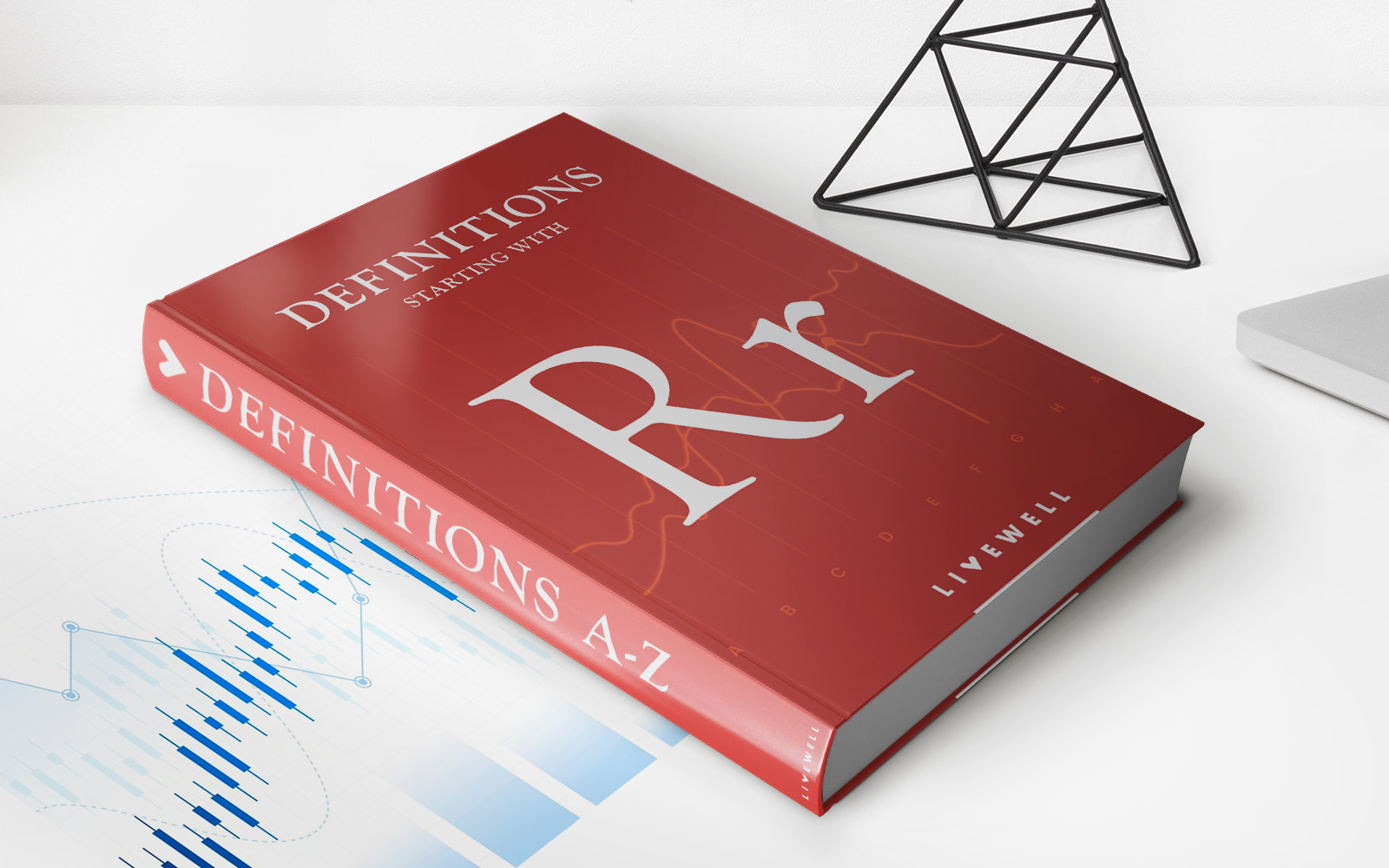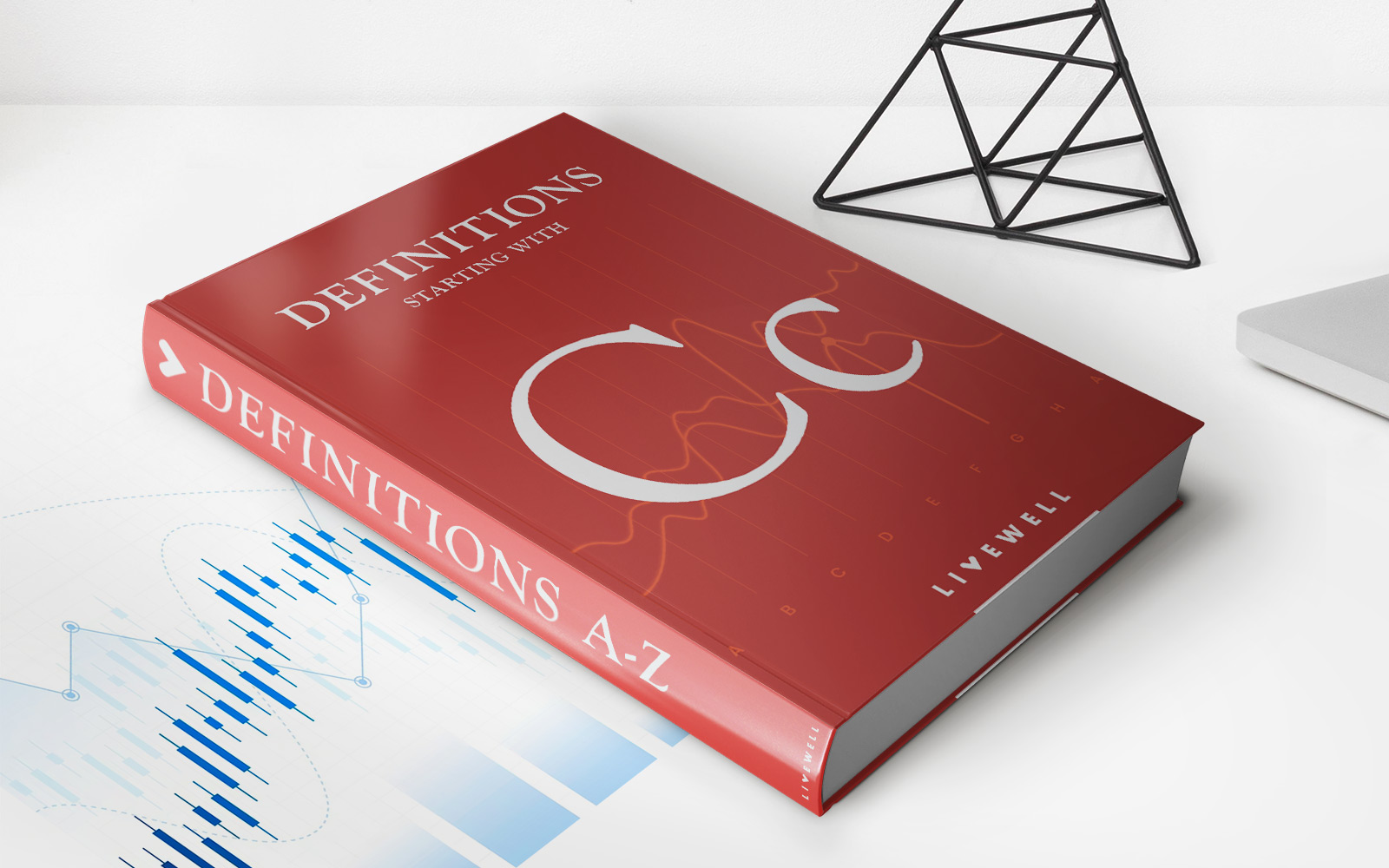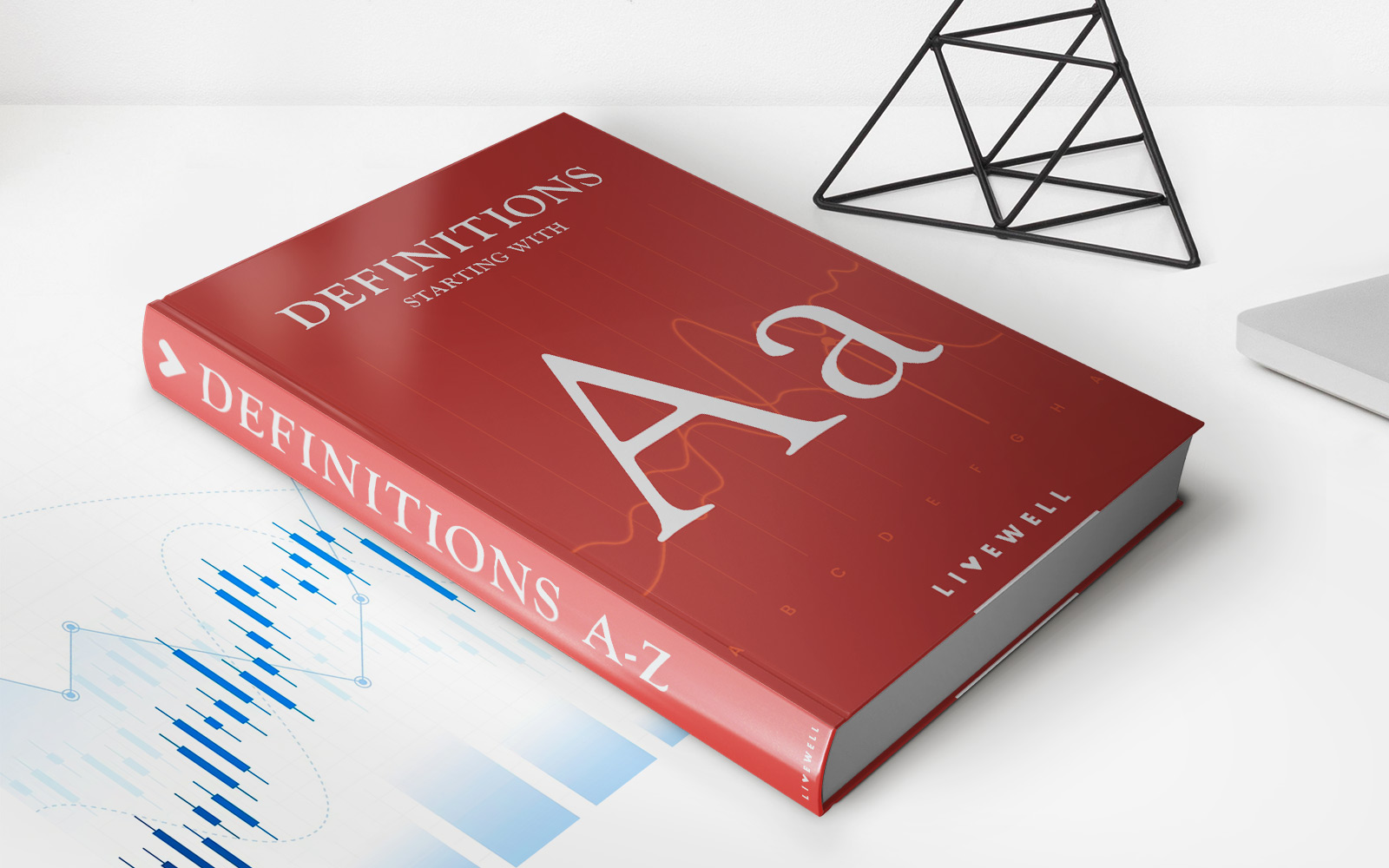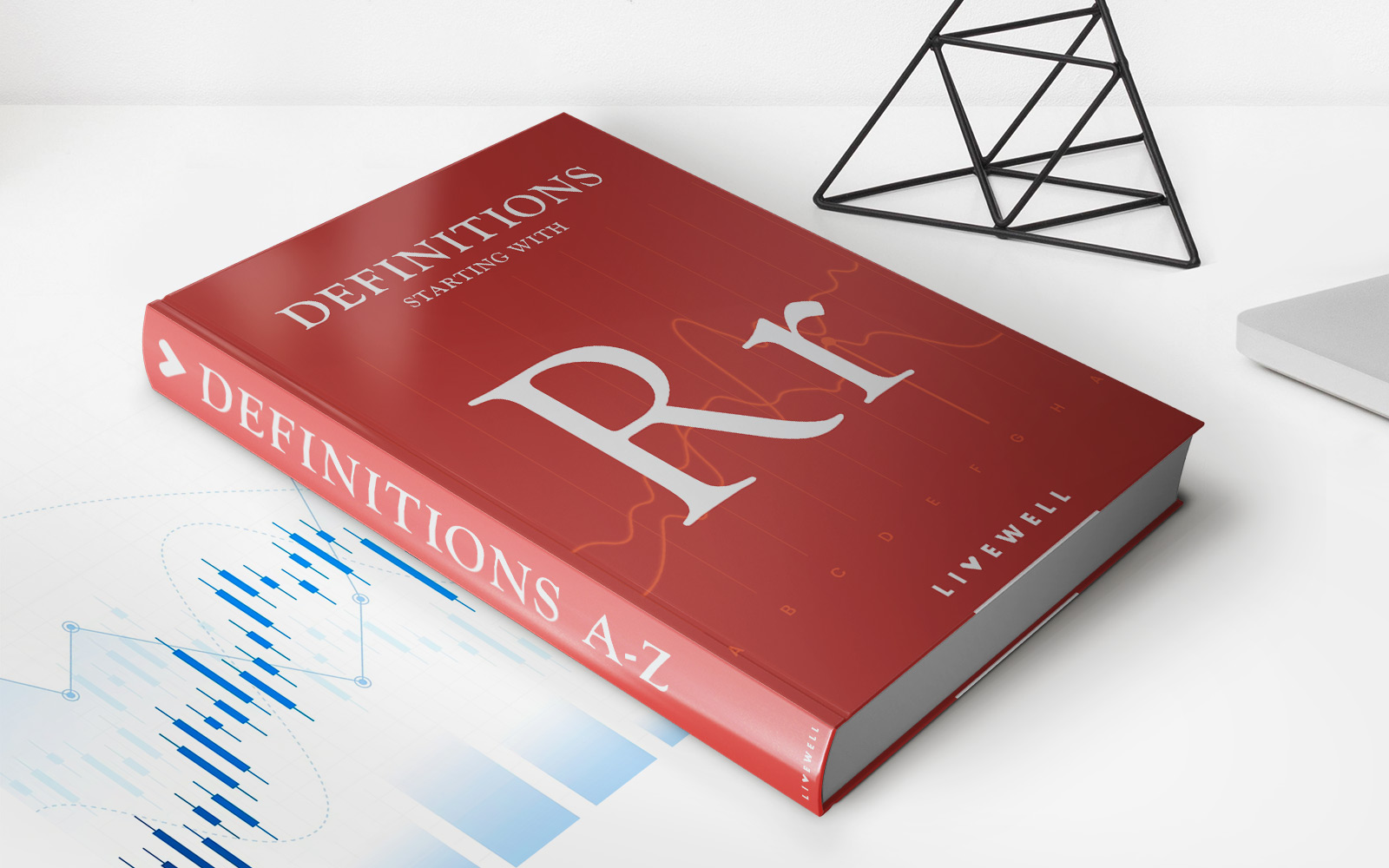Home>Finance>Regional Comprehensive Economic Partnership (RCEP) Definition


Finance
Regional Comprehensive Economic Partnership (RCEP) Definition
Published: January 17, 2024
Discover the meaning of Regional Comprehensive Economic Partnership (RCEP) in the world of finance. Gain insights into this significant trade agreement and its implications.
(Many of the links in this article redirect to a specific reviewed product. Your purchase of these products through affiliate links helps to generate commission for LiveWell, at no extra cost. Learn more)
Understanding the Regional Comprehensive Economic Partnership (RCEP)
Finance is a critical aspect of our lives, and it’s essential to stay informed about significant economic agreements and policies that can shape the financial landscape. One such agreement that has garnered widespread attention is the Regional Comprehensive Economic Partnership, also known as RCEP. In this blog post, we’ll explore the definition and key highlights of RCEP, providing you with a comprehensive understanding of this significant economic framework.
Key Takeaways:
- RCEP is a free trade agreement signed by 15 countries in the Asia-Pacific region.
- It aims to streamline trade opportunities, reduce tariffs, and enhance economic cooperation among member nations.
So, what exactly is RCEP? RCEP is a historic free trade agreement that was signed by 15 countries: Australia, Brunei, Cambodia, China, Indonesia, Japan, Laos, Malaysia, Myanmar, New Zealand, the Philippines, Singapore, South Korea, Thailand, and Vietnam. This agreement aims to foster economic integration and cooperation among its members, facilitating trade flows, and creating new opportunities for businesses.
RCEP is noteworthy because it covers a significant part of the world’s population and GDP. In fact, it represents around 30% of the global population and accounts for about 30% of the global GDP. With such an extensive reach, RCEP has the potential to reshape regional and global trade dynamics. The agreement focuses on various areas, including intellectual property rights, e-commerce, government procurement, and services trade, aiming to establish fair and inclusive trade practices.
One of the primary objectives of RCEP is to reduce trade barriers and promote economic growth across member countries. This includes eliminating tariffs on a wide range of goods and services, thereby making trade more affordable and accessible for businesses and consumers within the region. RCEP also fosters greater investment protection and market access, encouraging cross-border investments and further enhancing economic cooperation.
Furthermore, RCEP is designed to complement and support existing trading frameworks, such as the World Trade Organization (WTO). It aims to strengthen regional supply chains, promote sustainable development, and enhance economic resilience in the face of global uncertainties. By deepening regional economic integration, RCEP is expected to bring numerous benefits, including increased market opportunities, improved productivity, and enhanced competitiveness for businesses operating within RCEP member countries.
In conclusion, RCEP is a landmark agreement that signifies the commitment of 15 countries to foster economic integration and cooperation in the Asia-Pacific region. By reducing trade barriers, enhancing market access, and streamlining trade practices, RCEP aims to create a more prosperous and inclusive economic environment. As the agreement takes effect and its provisions are implemented, it will be fascinating to witness the actual impact of RCEP and how it shapes the financial landscape in the coming years.














